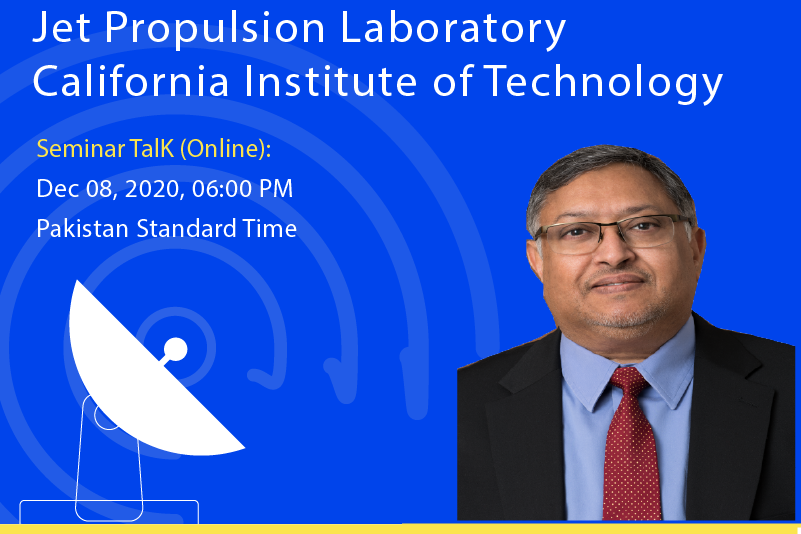
Jet Propulsion Laboratory California Institute of Technology
About the speaker: Imran Mehdi (BSEE 1985. MSEE 1986 and PhD 1990, University of Michigan) is a Senior Research Scientist at the Jet Propulsion Laboratory, California Institute of Technology. He joined JPL in 1990 and is currently a Technical Group Supervisor leading a team of around 20 scientists/technologists in the research and development of submillimeter wave technology for space applications. His responsibilities include developing THz components, technologies and subsystems for current and future NASA missions. These devices and components were implemented on the ozone-monitoring Microwave Limb Sounder (MLS) instrument which is still operational as well as the (Microwave Instrument on Rosetta Orbiter) MIRO instrument which represents the first submillimeter wave receiver operational in deep-space. From 1999 he led the effort of developing broadband solid state sources from 200 to 2500 GHz for the Heterodyne Instrument for Far Infrared (HIFI) on the Herschel Space Observatory, a cornerstone European Space Agency mission. He is an IEEE Fellow and serves as the Editor in Chief for the IEEE Transactions on THz Science and Technology. He is recipient of a number of NASA awards including the NASA Exceptional Technology Achievement Medal for "outstanding innovation and expertise in development and implementation of the submillimeter-wave membrane-based Schottky diodes for the HIFI Spectrometer on Herschel." His current interests include millimeter and submillimeter wave devices and technology, nanotechnology, high-frequency instrumentation, 3D Submm-wave systems, and development of compact, low-power heterodyne receivers for deep-space missions.

